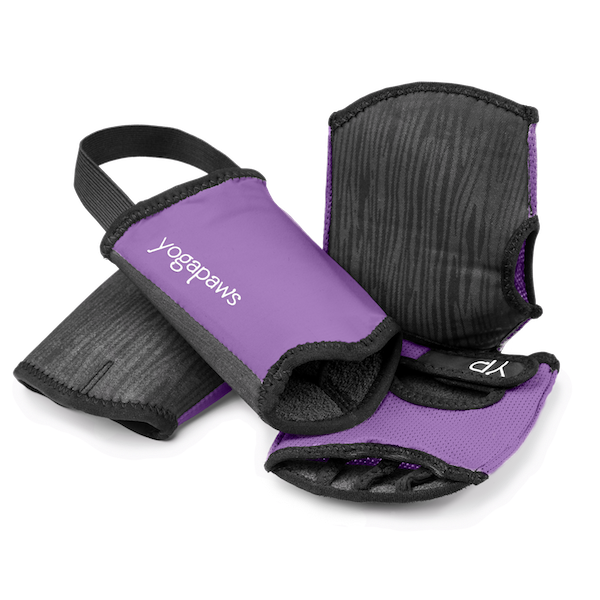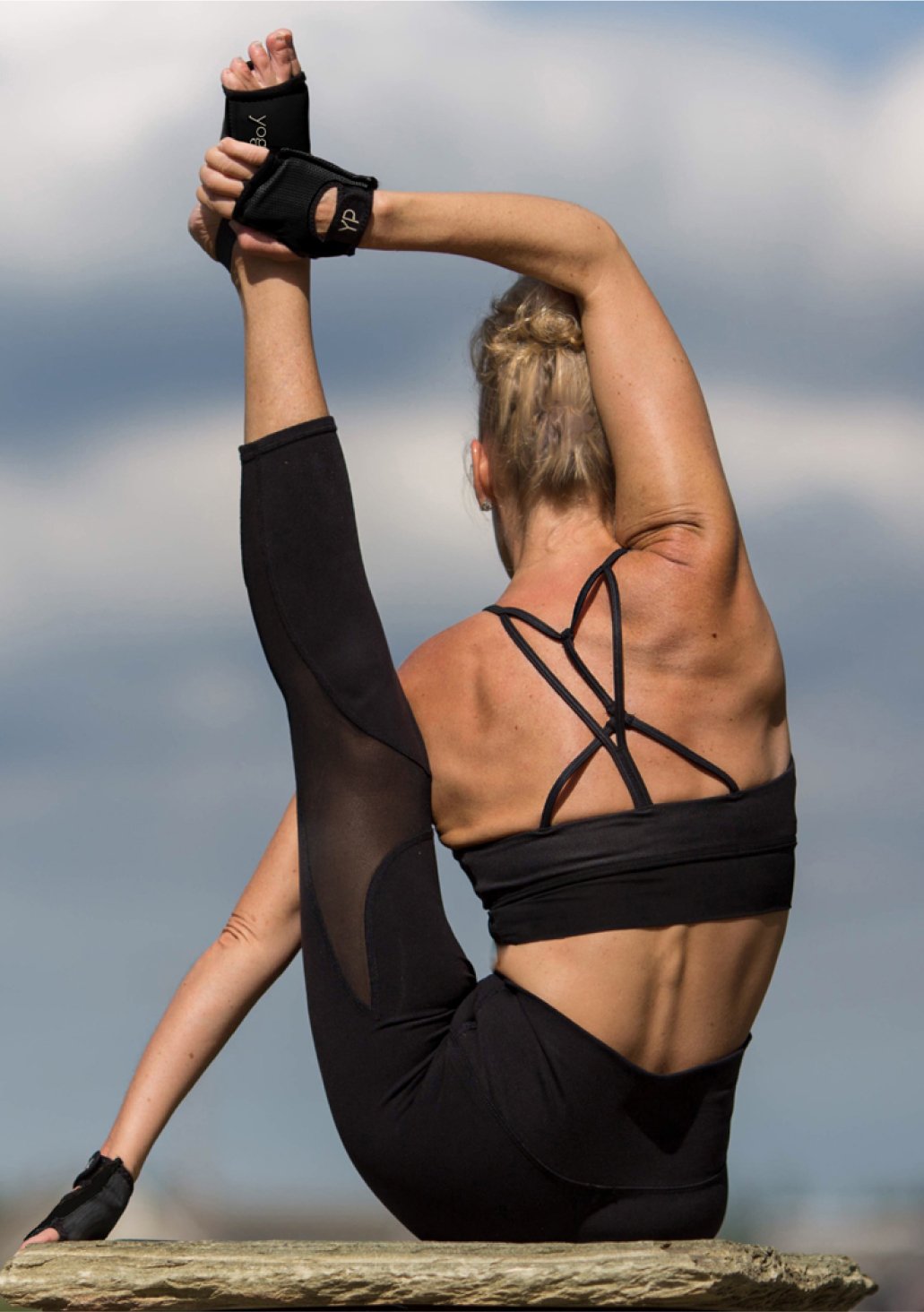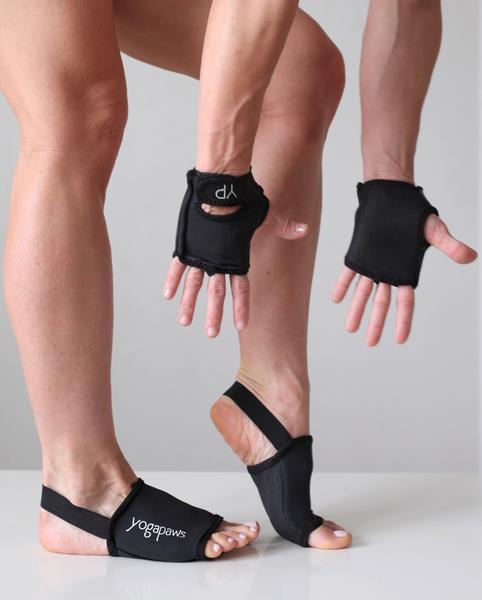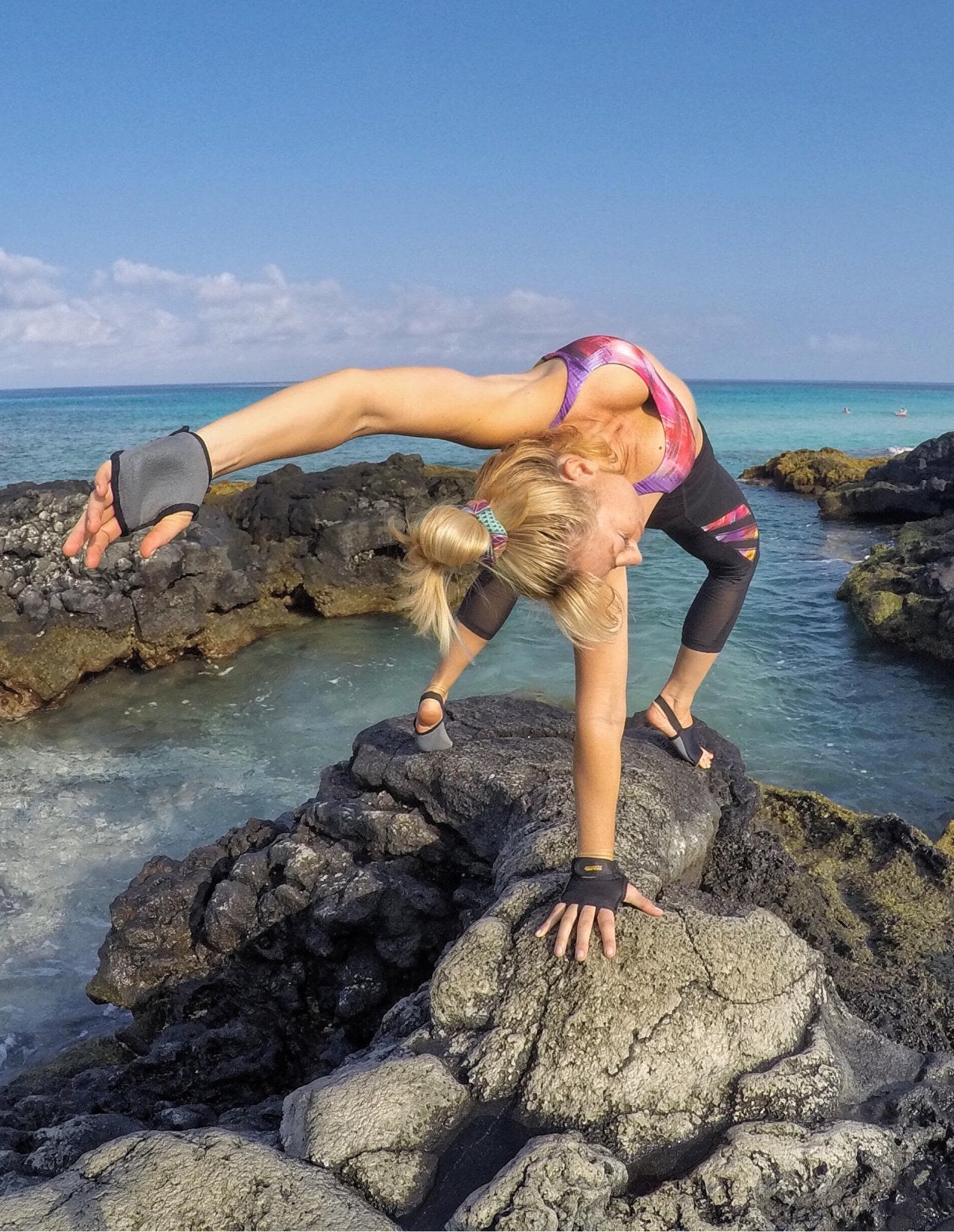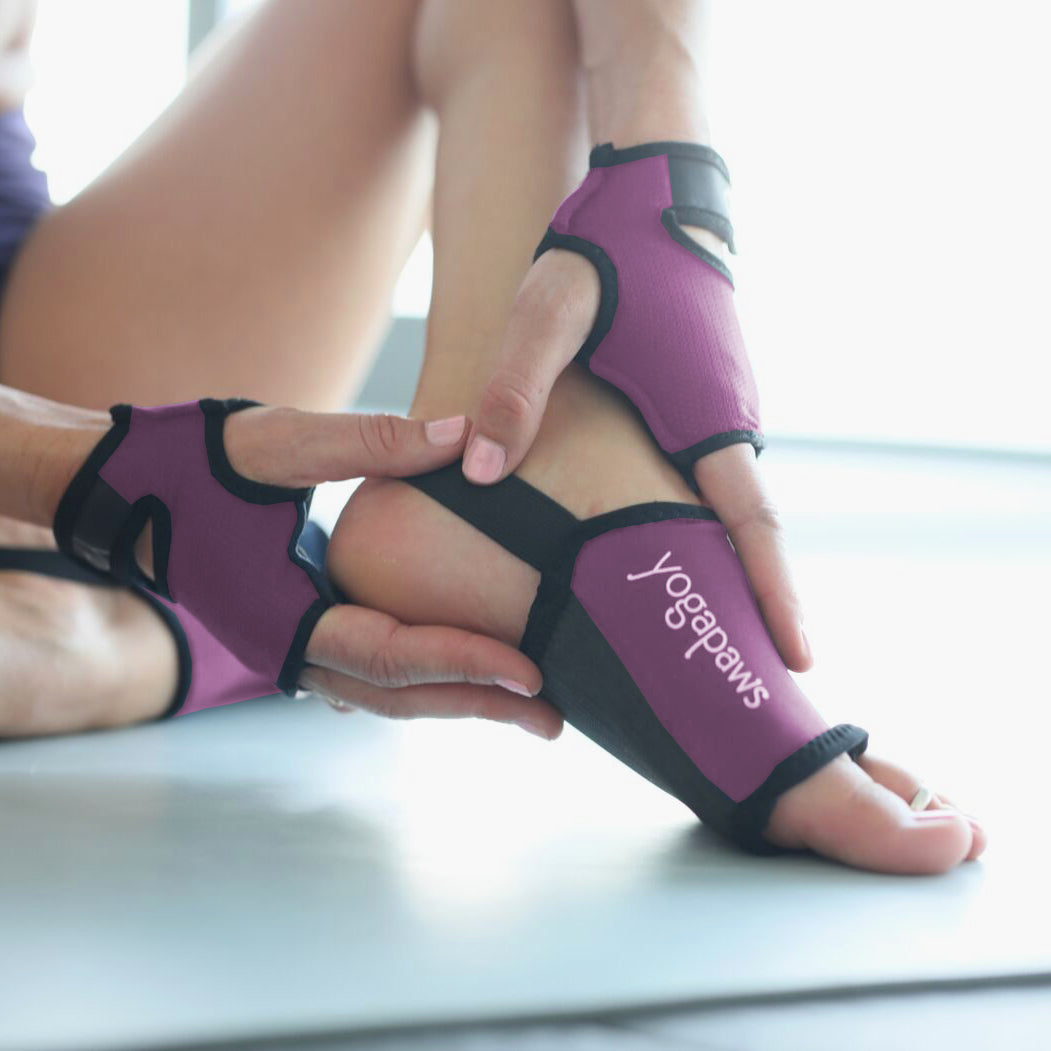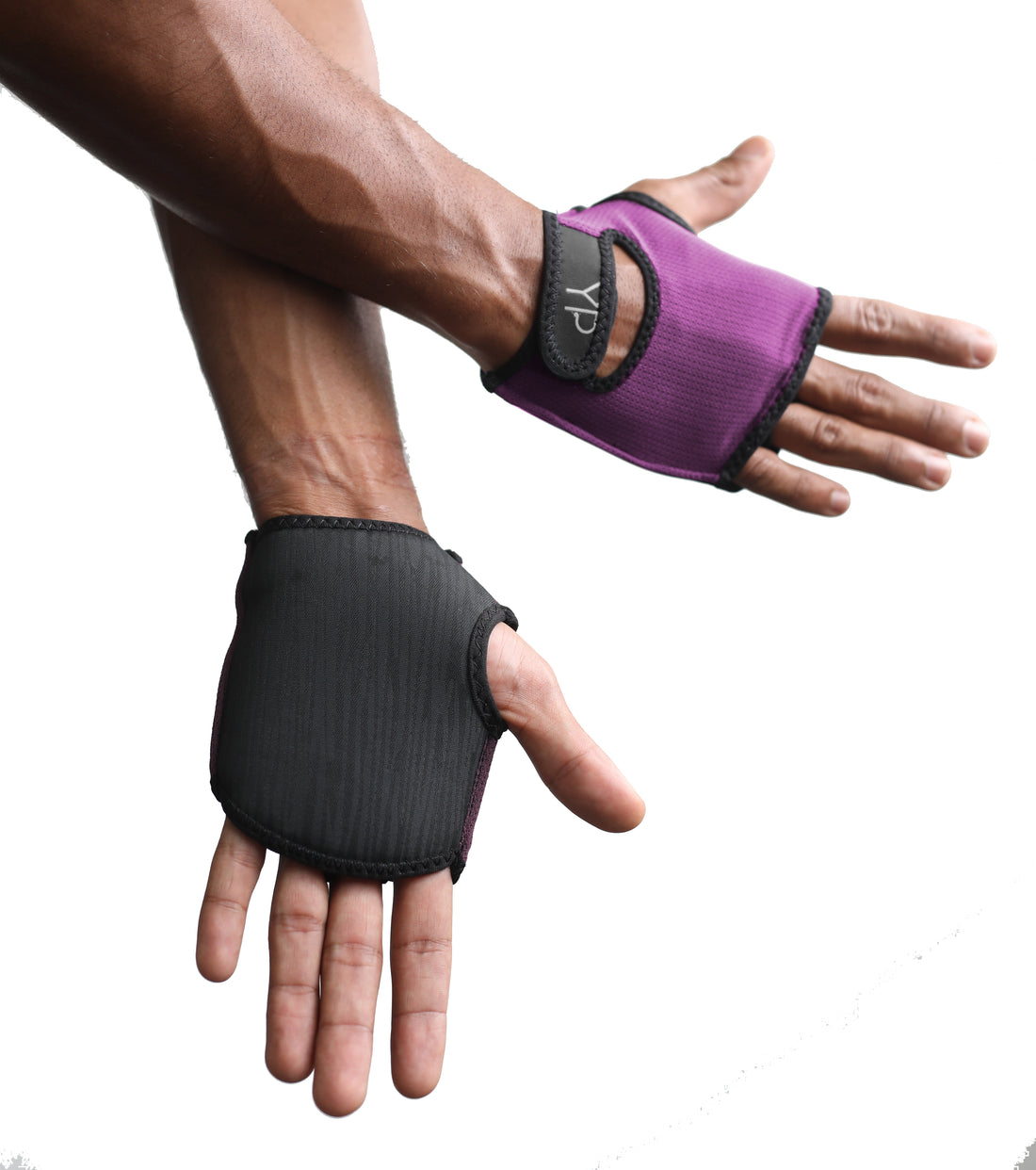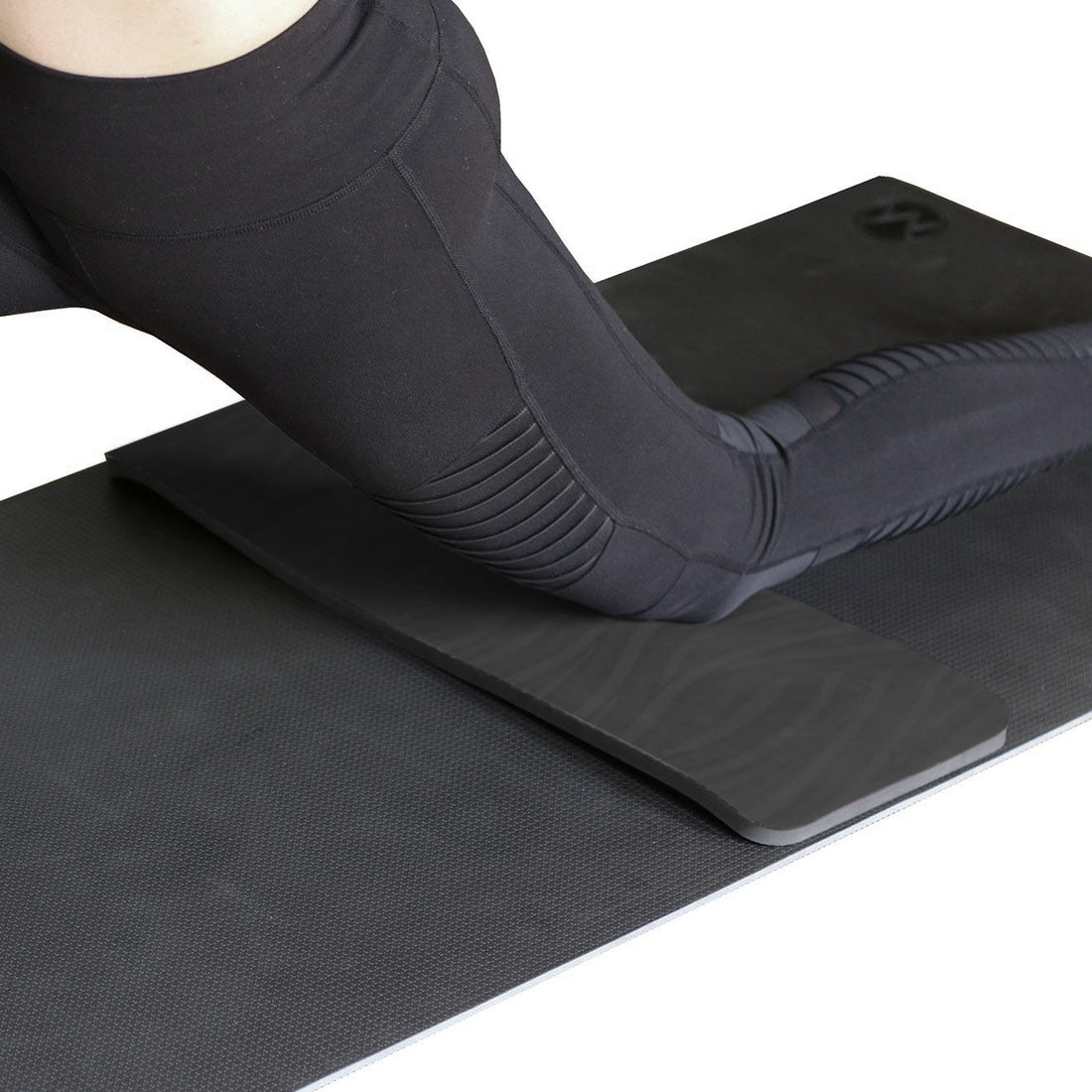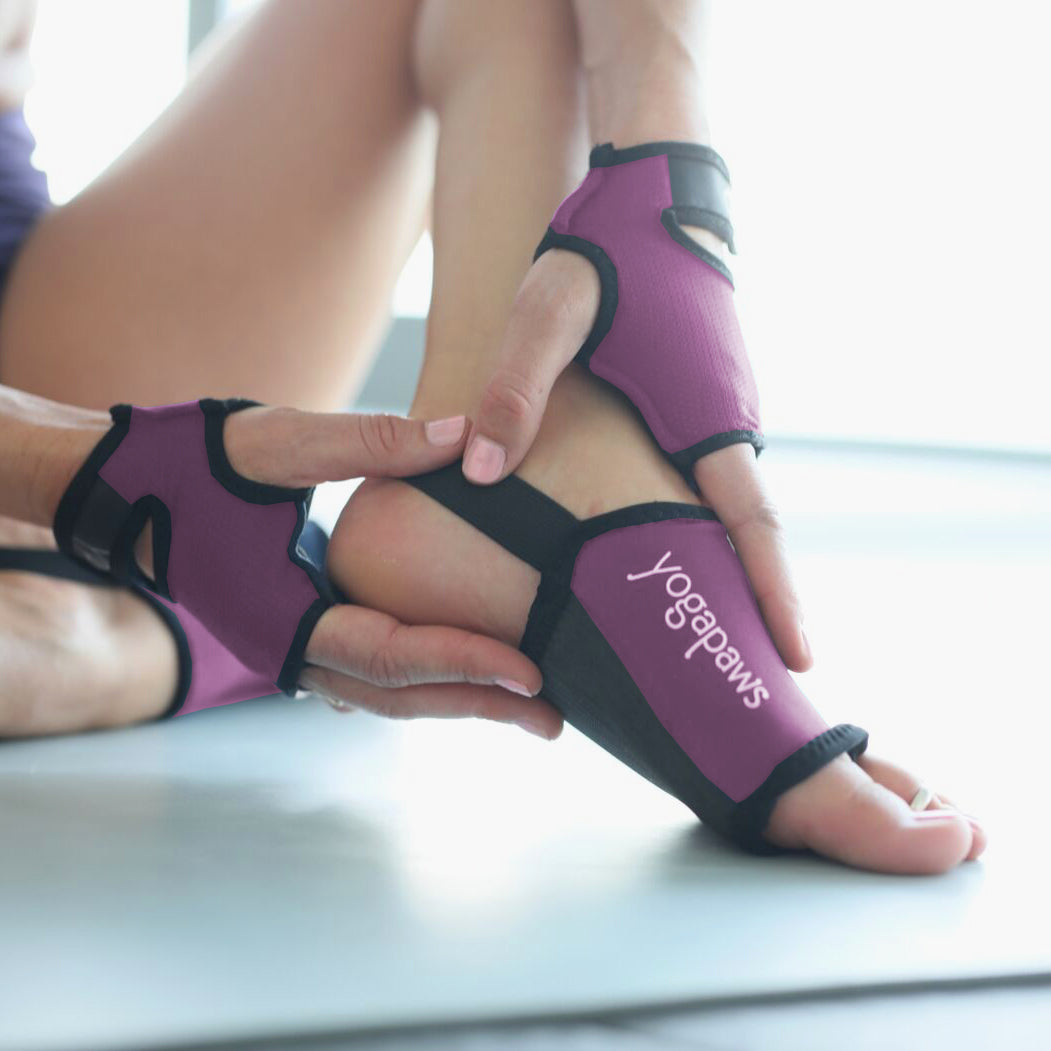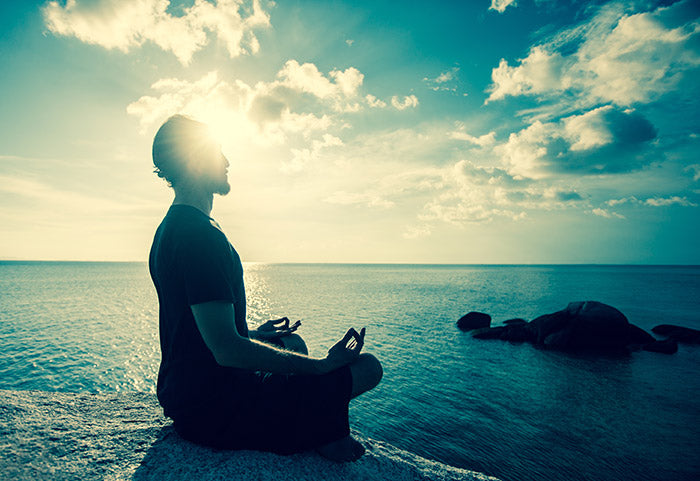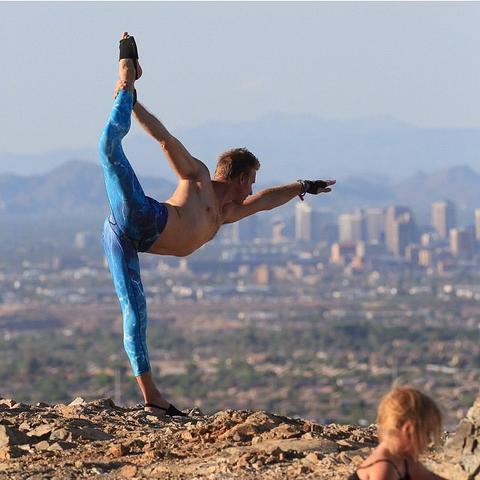You know the feeling—you’re leaving class and your muscles tighten up. You probably think “This is going to hurt tomorrow.” And, sure enough, you start the next day feeling stiff and slow. It’s a frustrating moment. You don’t want to have to back off in class, but you feel like you’re doing everything right (warming up for class, eating well, respecting any injuries) but your body just feels tense. Don’t blame yourself. Even the best-crafted practices performed by the most careful students create imbalances in their bodies from time to time. That’s where bodywork comes in.
As yoga therapist Leslie Kaminoff says in Yoga Journal, yoga class isn’t a perfect tool to balance your body. It is a great help, but, especially if your issues stem from your muscles or fasciae (connective tissue that surrounds muscles) being tight or overworked, manual work (on your own or from a bodyworker) can help release your body. Working from the outside in, it’s easier to find places of tightness or “dis-ease” in your body and apply pressure to release them.

You can use a roller on your back, hips, hamstrings, quads, calves, ankles and IT (iliotibial) band. For your back body, lie down on your back with the roller underneath you. For your IT band, put your hip on the roller. For your quads, lie face down and place the roller under your front thighs. Roll slowly and pay special attention to any “knots” or areas of particular tightness you encounter. You can also use your hands and feet to adjust how much weight you put on the roller. Practice makes better—you’ll get a better feel for where your body needs work as you use the roller more.
Another great tool for focusing on areas of tension are tennis balls or even lacrosse balls for those with a high pain tolerance. By taping two balls together lay on your back starting with your neck and slowly work the muscles all the way down the spine. This is pure magic. At nights when I'm sore I'll turn on the TV and take about 30 min to move the balls from the tip of my skull to the sacrum. Another method is to place a tennis ball in a long athletic sock. Toss the sock over your shoulder. Stand against a wall or door and move your body so that the ball is focused over the tender spots. Listen to your body the same as yoga, and honor your limits.
 If you need an even deeper release—or if you want some help getting to know your trouble sports—it’s time to see a professional bodyworker. There are a lot of modalities to try—from myofascial release to the passive yoga of Thai Bodywork. What’s right for you is largely personal—only you know what works for you and how you feel comfortable being worked on.
If you need an even deeper release—or if you want some help getting to know your trouble sports—it’s time to see a professional bodyworker. There are a lot of modalities to try—from myofascial release to the passive yoga of Thai Bodywork. What’s right for you is largely personal—only you know what works for you and how you feel comfortable being worked on.
Whatever method you choose, be willing to explain any issues you have to the practitioner. Also, remember that while bodywork can uncomfortable if you’re dealing with tight spots, it should never be painful. Use the time you’re there as a guided tour of your own body.
That awareness can help you on the mat, as well. For yoga teacher Stacy Rosenberg, bodywork finally enabled her to access Urdhva Danurasana (Wheel Pose), where practice hadn’t helped. It’s not a shortcut to Gumby-ville, but the added knowledge of your body and the physical release can lend you a hand in your practice.


